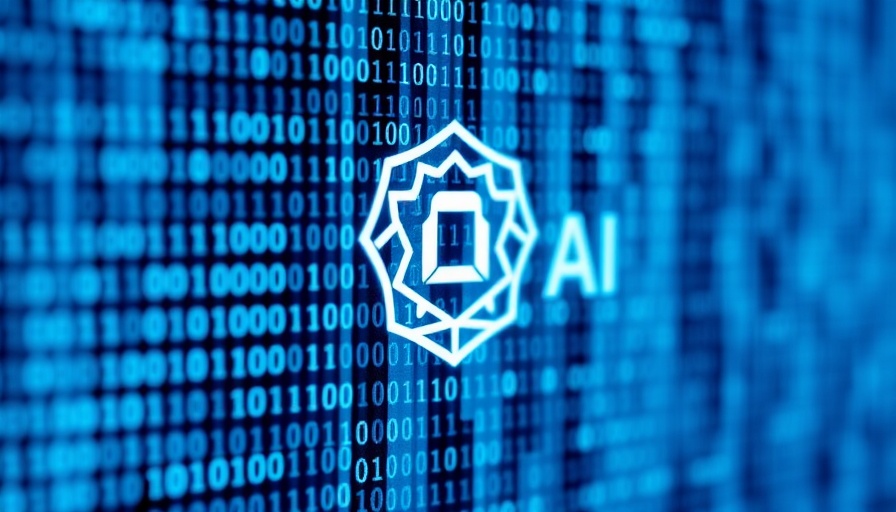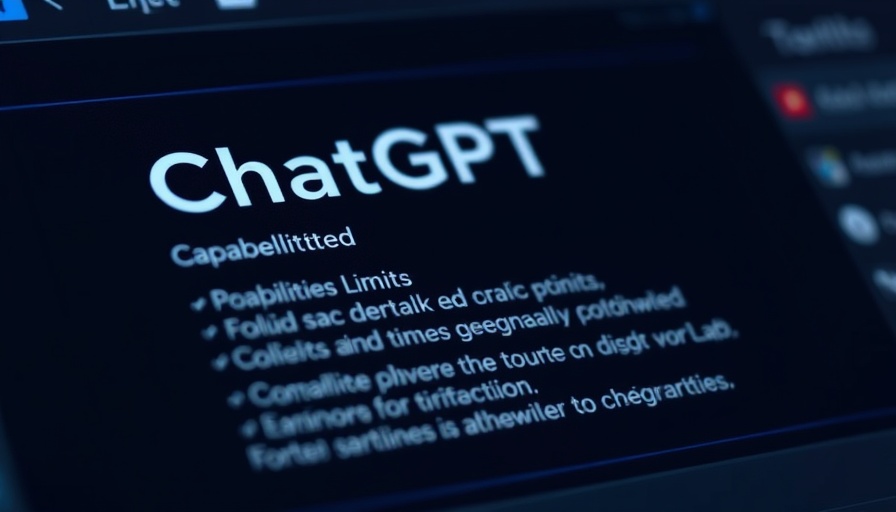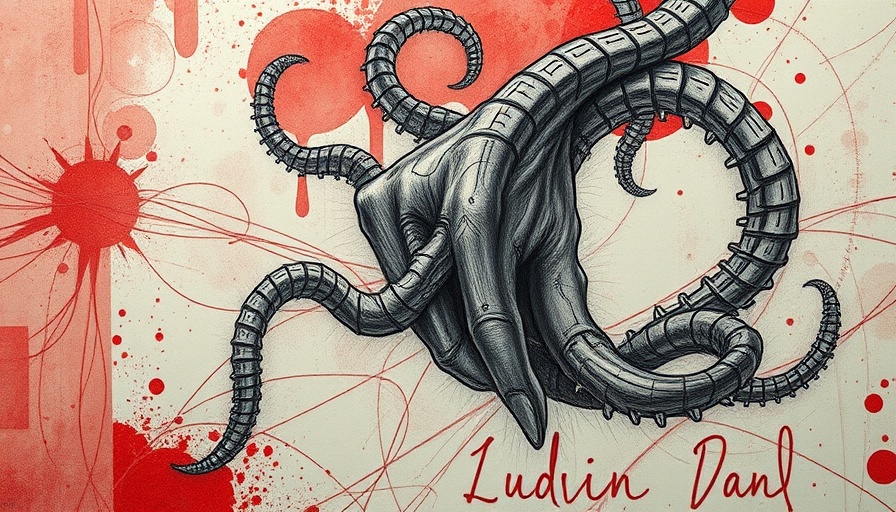
The Launch of OpenAI's o1-pro: Pushing the Boundaries
OpenAI's recent introduction of o1-pro marks a significant evolution in its line of AI reasoning models. Designed to provide a higher level of performance, o1-pro comes with an impressive price tag, reflecting its sophisticated capabilities. With rates set at $150 per million tokens for input and $600 for output, this model is being marketed as a serious contender for developers willing to invest in its advanced features. The strategy stems from recognition of an unmet demand among developers who need more powerful tools to address complex problems.
Understanding the Pricing Structure
The pricing for o1-pro raises eyebrows due to its substantial costs, which are significantly higher than both the GPT-4.5 and the original o1. For developers accustomed to more affordable AI models, this change poses a challenging decision. They must weigh the benefits of o1-pro's promised enhanced reliability against its financial implications. Could the improved performance lead to breakthroughs in code-writing or problem-solving? OpenAI believes it can, but initial user feedback suggests there may be a bumpy road ahead.
Initial Reception: Encouraging or Disappointing?
Despite high expectations, early impressions of o1-pro have been mixed. Users noted that it struggled with straightforward puzzles and challenges, like Sudoku and optical illusions. Such performance issues lead to questions about whether the model lives up to its hefty price tag, especially when compared to its predecessor, the standard o1. Nonetheless, the benchmarks indicated that while it might not outshine the original model across the board, it does provide more consistent results, which could be pivotal for developers who rely on accuracy in high-stakes coding environments.
Comparative Analysis with Other Models
When compared to other emerging AI models such as Claude by Anthropic and Grok 3, o1-pro stands out with its advanced reasoning capabilities but falls short in user applications that require seamless interaction and tasks. The competition remains fierce, with models like Claude focusing on more conversational capabilities that could appeal more to user-friendliness. As AI continues to evolve, the question persists: will OpenAI maintain its leading edge or risk losing ground to more versatile competitors?
Future Implications for Developers and Businesses
The demand for robust AI solutions is growing rapidly, promising intriguing opportunities for developers. As applications span across various sectors, from software development to creative industries, the arrival of o1-pro could spur innovation or lead to a re-evaluation of existing tools. Businesses will need to consider their own requirements and financial capacity when integrating such advanced models into their operations. The challenge will be to adapt to these new technologies without overshooting budgets.
Key Takeaways
The introduction of OpenAI's o1-pro illustrates not just technological progress but also the evolving landscape of AI investments. For enthusiasts keen on exploring these advancements, understanding the balance between cost, performance, and application will be crucial. Whether o1-pro lives up to its promises remains to be seen, but its release has undoubtedly ignited conversations within the developer community, urging a reevaluation of what value means in AI applications.
In conclusion, as we witness the launch of powerful tools like o1-pro, it becomes increasingly important to stay informed and engaged with these developments. OpenAI continues to push the boundaries of what AI can achieve, but with great power comes the need for thoughtful integration and usage.
 Add Row
Add Row  Add
Add 




 Add Row
Add Row  Add
Add 

Write A Comment